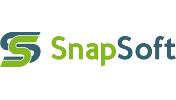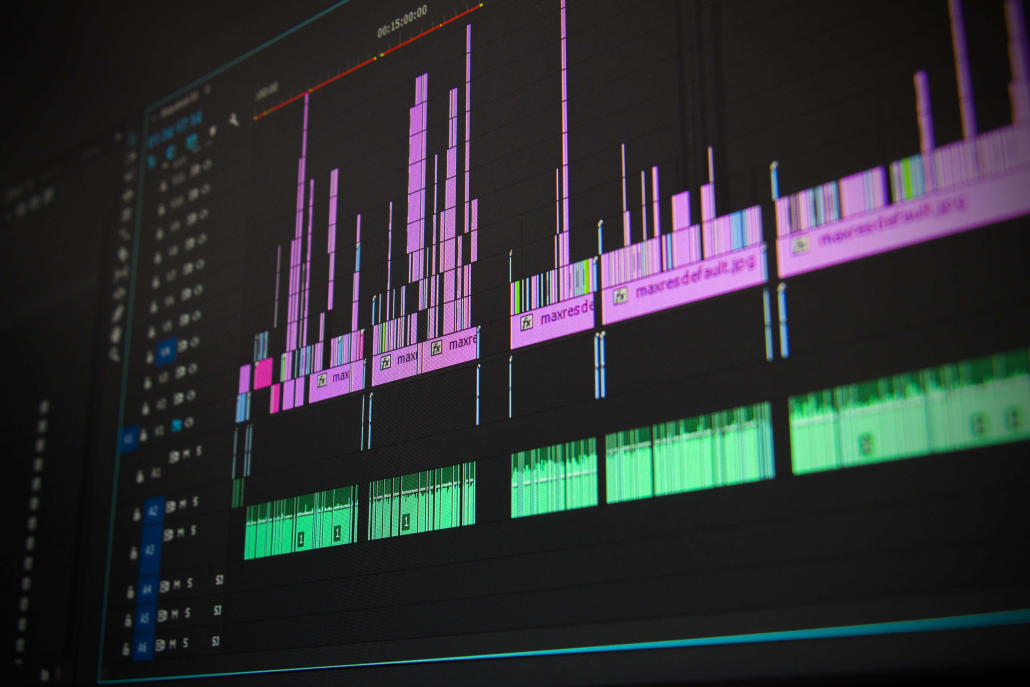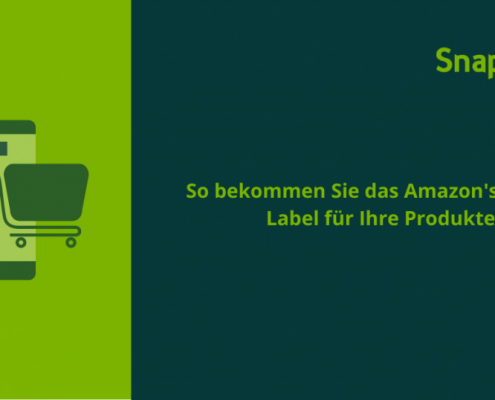Automated repricing: 5 reasons to stop manual repricing
If you want to be competitive in e-commerce these days, you should pay particular attention to one thing: well-frequented price changes that set the retailer apart from his competitors. As already analyzed in our last posts, the price is the most important purchase criterion for the majority of e-commerce users. The many options for price comparison, such as price comparison sites on the Internet, further strengthen the customer’s price orientation.
What is exciting, however, is that nowadays 8 out of 10 online retailers still adjust their price data to that of their competitors by hand instead of using an automated solution. But is manual repricing still possible at all because of the countless price changes that are made every day by online retailers and marketplaces? What are the advantages of automated tools and what are the disadvantages of manual price monitoring? In this article, we’ll show you five reasons why you should stop manual repricing as soon as possible.
1. Technical progress
With the huge amount of data that you come across when you manually search the internet for prices, the probability of making a mistake or even overlooking something is incredibly high. Often times, mistakes already occur when you inadvertently write down the wrong price of your competitors or put a comma wrong: In the complex world of e-commerce there are plenty of sources of human error. As bitter as it may sound, we can already see that a person can never come close to the accuracy of a technical algorithm.
Compared with software, you can never manually enter as many products and prices in the time available. So we are already at the next advantage that an automated solution brings: With automated repricing you save time and money. The more products and competitors you have, the more time it will take to change your own product prices. An automated software solution helps you to remain competitive and to query your prices not only faster, but also more frequently. In addition, the automated solution has an important cost-oriented advantage: Compared to the costs for the personnel, which you have to spend if the price optimization is carried out manually, the costs for the use of an automated solution are often lower.
2. Competitive analysis
Due to the very low market entry barriers in e-commerce, online retailers have to assert themselves against a large number of new competitors every week. As a result, there is a large amount of overlap between the products among retailers, which makes them quickly interchangeable. That means you have too many competitors to watch each one individually and more are added. Automatic repricing tools provide a remedy here, as they adapt your prices to your market environment and withstand this competitive pressure in the long term thanks to optimized pricing.
3. Overview & monitoring
As already stated in the above section, the breadth of your product range is often a decisive factor when it comes to the effort of recording your competitors’ price changes. Normally, you will have to start your research from scratch every time a competitor adjusts the price of a product. Since your competitors also adjust their prices to the market environment, this requires constant price updates. For you, this means that you are caught in an endless loop of price observation. On the other hand, with automatic tools for price optimization, you always have an overview of the price changes of your competitors at any time and with little expenditure of time. Accordingly, we can confirm here, too, that due to the large number of competitors you will encounter in e-commerce and the huge amount of product overlaps, manual repricing will not be able to remain successful in the long term.
4. Flood of data
In view of the growing number of retailers and their products on the Internet, huge amounts of data are accumulating in e-commerce, to which new data is added every hour, if not every minute. In combination with the inconsistent designation of manufacturers, products and product features, it is therefore not possible to manually record all data and still maintain an overview. In times of big data, automated repricing tools are therefore essential in order to create meaningful figures and the necessary transparency.
5. Optimized margins
You are sure to notice by now that you cannot fully exploit the enormous potential of the available data with manual repricing. This should be the be-all and end-all, because the attractiveness of the price in most cases determines whether customers buy your product or move to another retailer with the better price. A good pricing strategy that is oriented towards the market and competitors can lead to higher sales and a stabilization of the market in the long term. Have markets and prices in view at all times and increase your margin without much effort.
Conclusion
For online retailers with a steadily increasing number of competitors and products, the flood of data can no longer be managed through manual repricing. Automated solutions can help here. In addition to price optimization, the exact analysis of price changes over a longer period of time allows trends in the market environment to be predicted, which can bring you further competitive advantages. In addition, the use of automatic repricing improves your efficiency by allowing the time that you save compared to manual repricing to be invested in other business processes.
By the way: Find out more about our intelligent price optimization software today and make manual price optimization a thing of the past.










